How household cleaners could be ruining your leather shoes, bags and furniture
Balsams, baby wipes and beeswax - how to make leather last a lifetime, with tips from the experts.
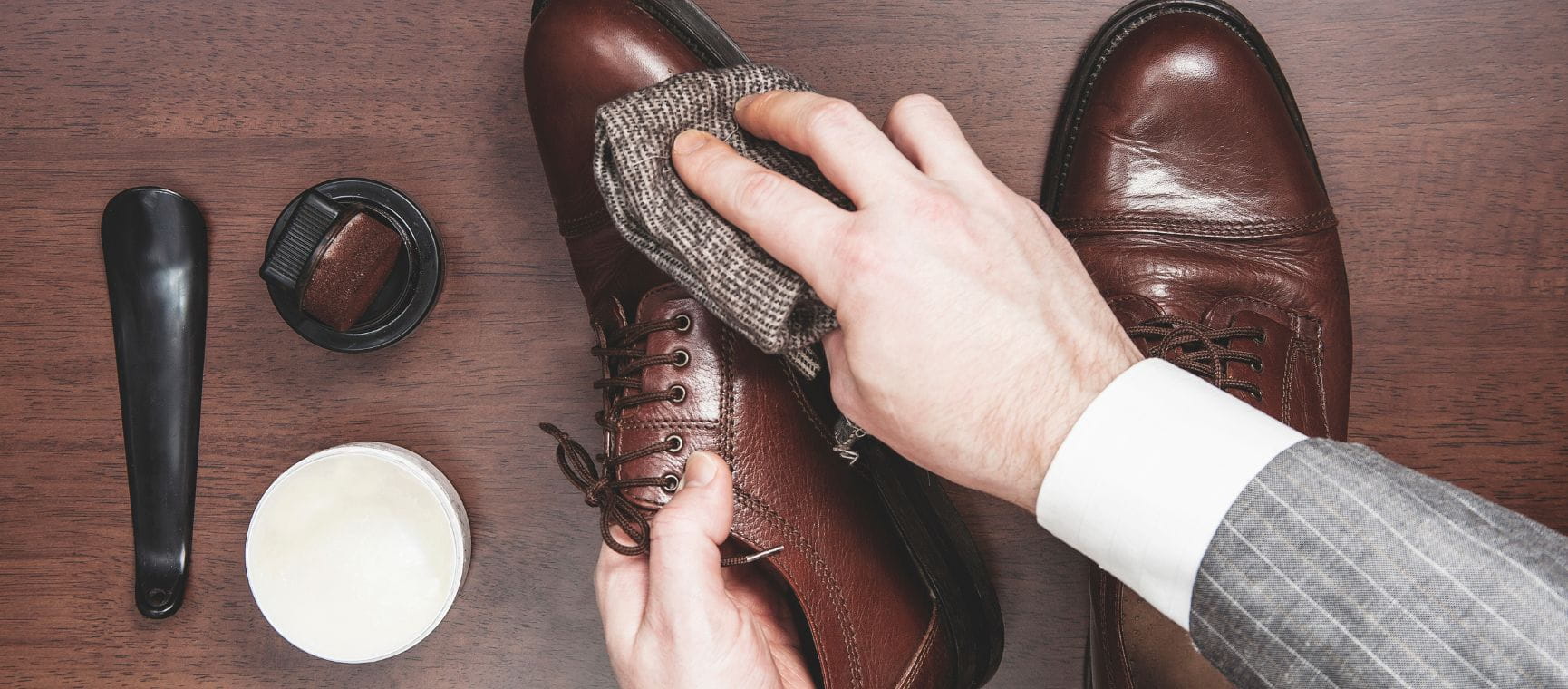
Balsams, baby wipes and beeswax - how to make leather last a lifetime, with tips from the experts.

Scuffs, stains, saggy boots – leather doesn’t stay luxe on its own. It might be one of the most durable materials in your wardrobe, but it still needs a little TLC to keep it looking its best.
Whether it’s a beloved handbag or a pair of hard-working brogues, knowing how to clean leather properly can make the difference between a timeless classic and a tired-looking cast-off.
The good news? You don’t need a cupboard full of specialist potions – just the right habits, a few key products and a bit of expert know-how.
According to Julian Nelson, founder of the men’s shoe brand A Fine Pair of Shoes, the biggest mistake people make when it comes to their leather goods is neglect.
“People often assume that their leather shoes will bounce back from wear and bad weather on their own, but unfortunately, leather doesn’t work like that,” he says.
Even though leather is a natural material it needs regular care to stay in good condition.
“Even if your shoes don’t look dirty, they pick up dust, oils, and grime from everyday use. If left uncleaned, these particles build up, dull the leather’s finish, and over time, can even damage the fibres.”
Ideally, you should clean your shoes and bags, especially the ones you use daily, once a week.
“Regular maintenance is far easier (and more effective) than trying to fix damage later on. A few minutes every week is all it takes to keep your shoes looking their best.”
A quick weekly buff with a horsehair brush helps remove build-up and once a month, treat your shoes or bags to a leather conditioner or renovator.
“Applying a leather balm or conditioner every few months will nourish and protect the leather,” advises Karen Priestley, the founder of Priestley's, a British artisan leather brand.
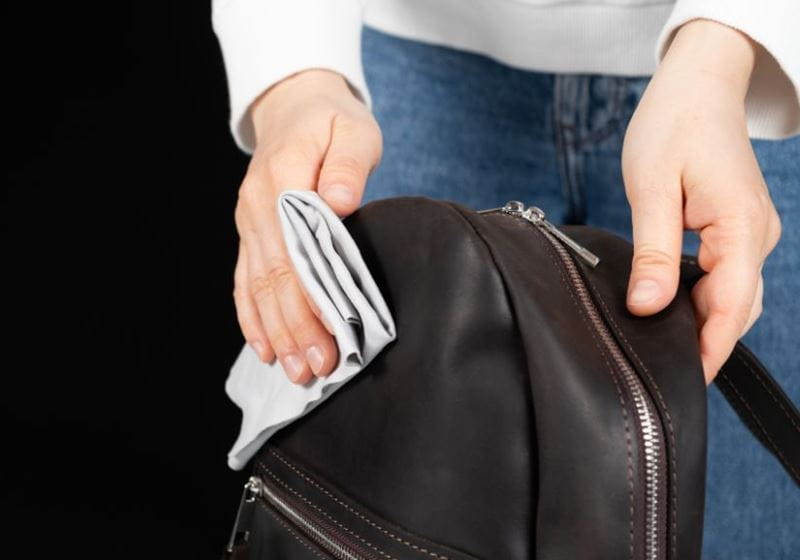
Not all leathers are created equal and neither are the things you clean them with. While it might be tempting to grab the nearest baby wipe or all-purpose spray, doing so could do more harm than good.
“Products like baby wipes, household cleaners, or anything with alcohol or bleach should be avoided at all costs,” says Nelson. “They might seem harmless, but they can strip the finish, dry out the leather and leave it prone to cracking.”
And it’s not just about avoiding the wrong products, it’s also about choosing the right ones for your specific leather. That’s where things get a little trickier.
Priestly explains: “Leather can vary from full grain vegetable-tanned leathers, which naturally patina and have no protective coating, to fully finished leathers with a PU coating. Certain cleaners or conditioners might stain the leather, depending on its type. It is always best to refer back to the manufacturer and adhere to their specific guidance.”
Stick to products designed specifically for leather care, ideally pH-balanced, silicone-free and with as few harsh chemicals as possible, especially if you're learning how to clean leather properly for the first time. And when in doubt, do a patch test first, preferably somewhere discreet.
While it’s good to keep your leather bag and shoes clean, leather doesn’t actually need constant pampering. In fact, too much cleaning can do more harm than good. Over-cleaning can strip away the natural oils that keep it soft, causing it to become dry, brittle and more prone to cracking.
“With proper care, there shouldn’t be a need to condition or clean the leather more than every few months,” says Priestley. “A simple wipe-down with a soft brush or cloth is usually sufficient for regular maintenance.”
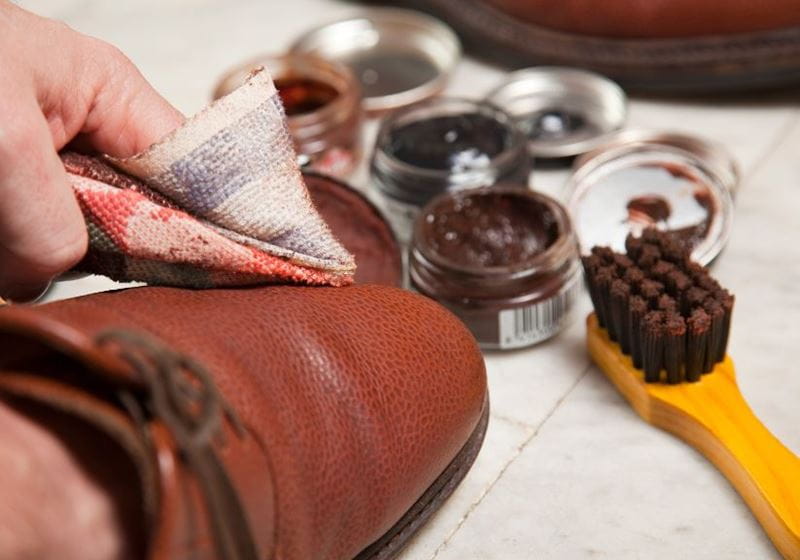
Scuffed your new loafers? Dropped a flat white on your favourite bag? Don’t panic, most mishaps look worse than they are.
“Many light scuffs can be buffed out with a soft brush or cloth, and you’d be surprised how much blends back in,” says Nelson. “If the mark remains, use a small amount of polish that matches the shoe colour and apply it gently to the area. Just take care not to overdo it as too much pressure or product can make things worse. With a gentle touch, most scuffs can be made almost invisible.”
And if it’s not a scuff but a spill? Again, don’t rush to scrub, but know when to call for help!
“If a stain cannot be removed with a soft cloth and leather conditioner, we recommend reaching out to the item manufacturer or a specialised leather repair company for expert advice,” says Priestly.
Before you panic-buy new polish (or shoes!), Nelson suggests gently smoothing the leather with the back of a spoon. It helps flatten the fibres and prep the surface before applying colour.
The British weather isn’t known for its kindness to leather. From surprise downpours to splashes on the high street, moisture can quickly undo a good shine, or worse, leave lasting damage. The good news? With the right prep, your shoes can stand up to soggier days.
“A good polish does more than keep your shoes shiny; it also helps seal the pores of the leather, creating a natural barrier against moisture,” says Nelson. “It won’t make your shoes entirely waterproof, but it does provide reliable everyday protection.”
He recommends the Army-developed ‘mirror shine’ technique – still used today – where you build up layers of polish, especially around the welt (where the sole meets the upper).
“That’s a vulnerable point for water to creep in. Use a neutral polish and a small brush to work the product into those areas,” he advises. For extra protection, Nelson suggests a water-repellent spray like Invulner, which forms a breathable barrier without altering the leather’s finish.
When it comes to suede, the rules are a little different, but protection is still key.
“Yes, you can waterproof suede shoes,” says Christopher Dodsworth, creative director at Walk London. “A quality suede protector spray creates an invisible barrier against rain, spills, and stains. Apply it before your first wear and top it up regularly.
"It won’t make your shoes invincible, but it will give them a fighting chance in British weather.”
And if you do get caught in a downpour? “Don’t panic, but don’t blast them with heat either,” says Dodsworth. “Stuff shoes with paper, keep them in a well-ventilated spot, and let them dry slowly and naturally.”
Once dry he recommends nourishing leather goods with a quality conditioner and refreshing suede with a gentle brush and suede spray.
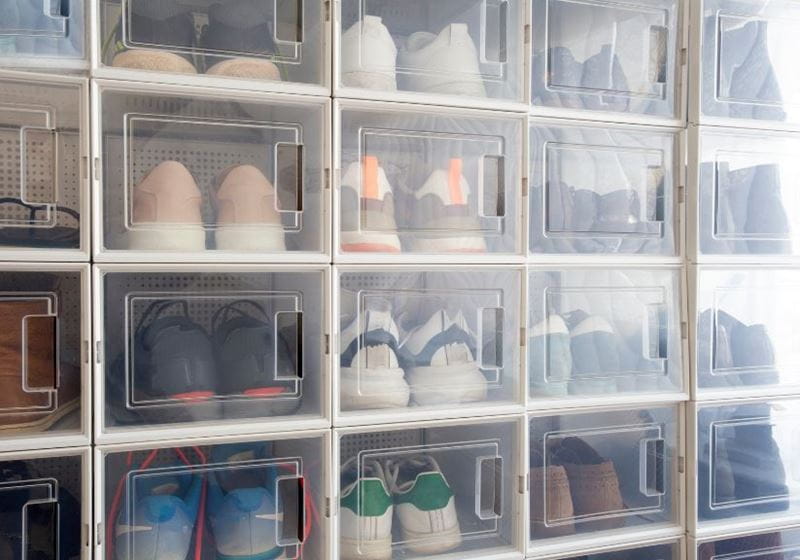
Where you stash your leather really does matter. Leave your shoes slumped in a damp hallway or crammed under a radiator and they’ll thank you with creases, cracks and odd smells.
Store them well, and they’ll last longer, look better and stay in shape – literally.
“The golden rule is to use shoe trees every time you take your shoes off,” says Nelson. “Pop them in while the shoes are still warm from wear as this is when they’ll absorb moisture most effectively.” Cedar shoe trees are especially good, he adds, as they help draw out dampness and neutralise odours too.
If you don’t have shoe trees, acid-free tissue paper is a solid backup. For boots, rolled-up newspaper or proper boot shapers will help them stand tall and fend off creases.
Long-term, storage conditions matter just as much. “Make sure your shoes are clean and dry,” Nelson says.
“Store them in a cool, well-ventilated area away from direct sunlight, which can cause fading and drying. And avoid airtight plastic boxes – leather needs to breathe – instead, use cotton shoe bags or the original box lined with tissue paper.”
Dodsworth agrees. “It’s on trend to have your favourite shoes on show in clear plastic boxes,” he says, “but these are to avoid if possible as leather needs to breathe. And if you’re switching styles seasonally, keep them in dust bags to protect from scuffs and dust.”
And it’s not just shoes that need thoughtful storage, your leather and suede handbags deserve the same care. Stuff them gently with acid-free tissue to help them hold their shape and store them upright in breathable dust bags away from heat or sunlight.
For suede bags in particular, avoid contact with other dyed fabrics, which can transfer colour over time. And never hang them on hooks for long periods as it can stretch out the handles.
“Having a few favourites on rotation really helps,” adds Dodsworth. “Good shoes deserve a good rest.” Same goes for your go-to bag.
If you’re serious about how to clean leather, it pays to have the right tools to hand. A small investment in these basics will not only keep your leather looking good – it’ll help it last for years. These are the basics that Nelson says are “non-negotiable":
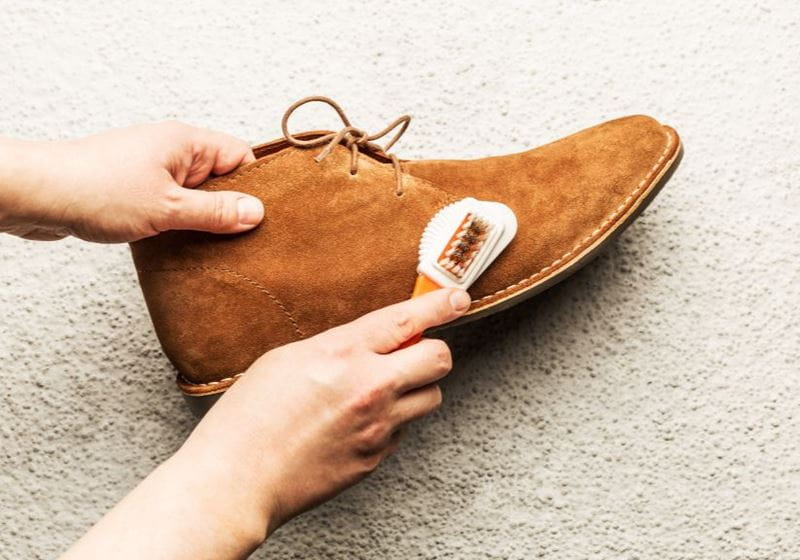
Suede might be leather’s softer cousin, but it’s also a little more high-maintenance.
"At Walk London, we love suede for its texture, depth, and the feel on the foot,” says Dodsworth, “but it does need a little extra care if you want to keep your shoes looking good.”
Start with the right tool – a suede brush. “It’s your best friend,” says Dodsworth. “Use it gently and regularly to lift dirt and maintain the nap.” Then you need to follow these suede basics:
Pro tip: Suede, like any leather, has a natural direction. Always brush in one direction to create a clean, uniform finish – brushing back and forth can flatten the nap or push dirt further in.
Jayne cut her online journalism teeth 24 years ago in an era when a dialling tone and slow page load were standard. During this time, she’s written about a variety of subjects and is just at home road-testing TVs as she is interviewing TV stars.
A diverse career has seen Jayne launch websites for popular magazines, collaborate with top brands, write regularly for major publications including Woman&Home, Yahoo! and The Daily Telegraph, create a podcast, and also write a tech column for Women’s Own.


Whether you're looking for straightforward insurance or cover that's packed with extras, our home insurance has plenty of options for people over 50.

Learn how to avoid the most common vacuuming mistakes to ensure that your floors are spotless and free from allergens.
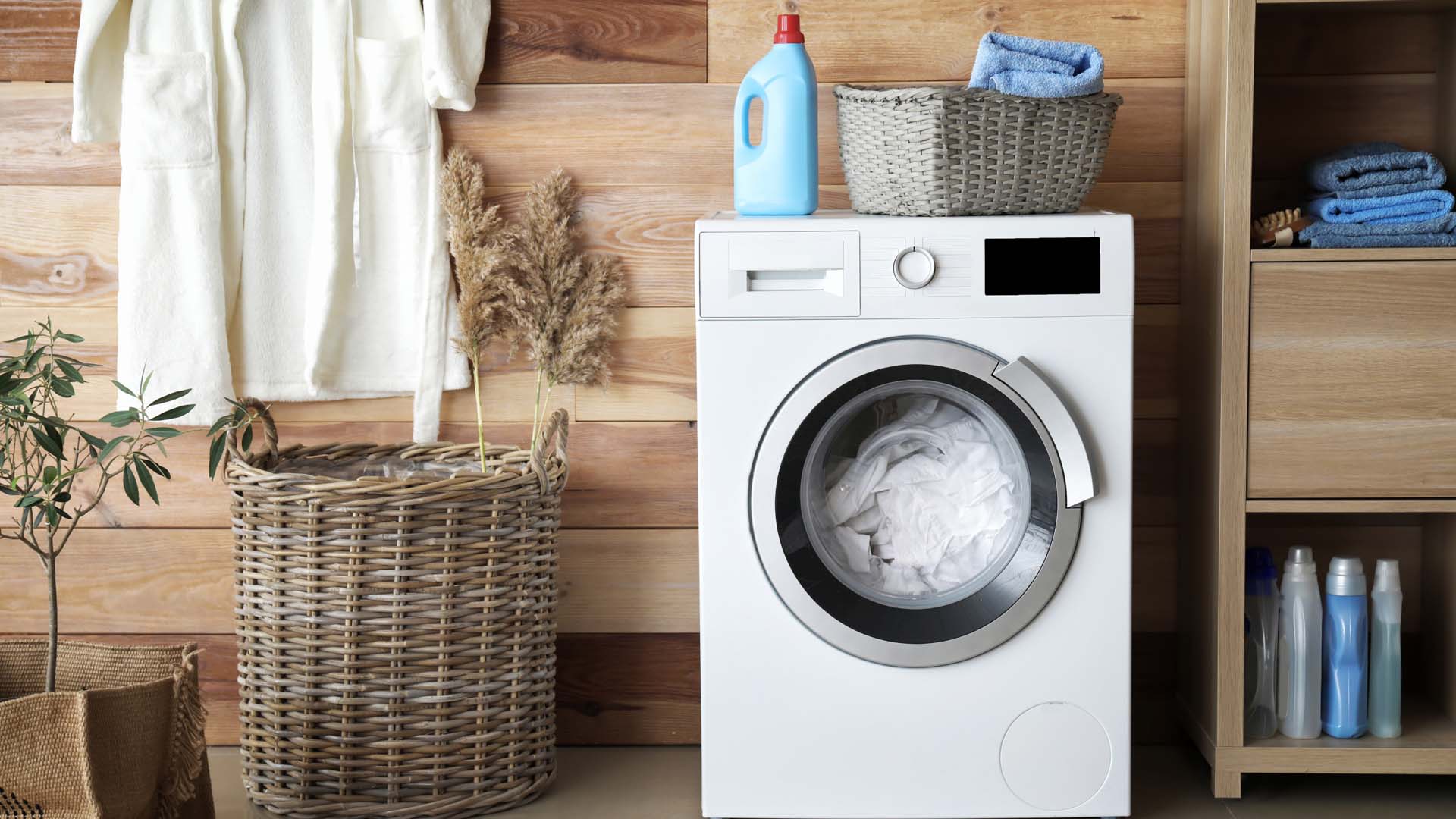
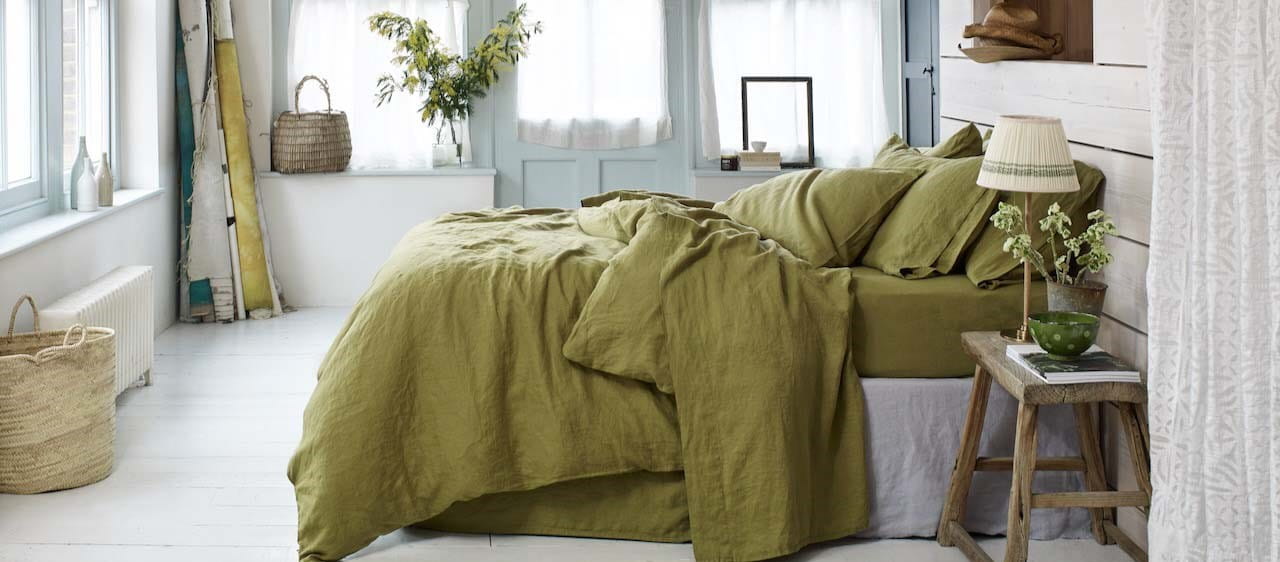

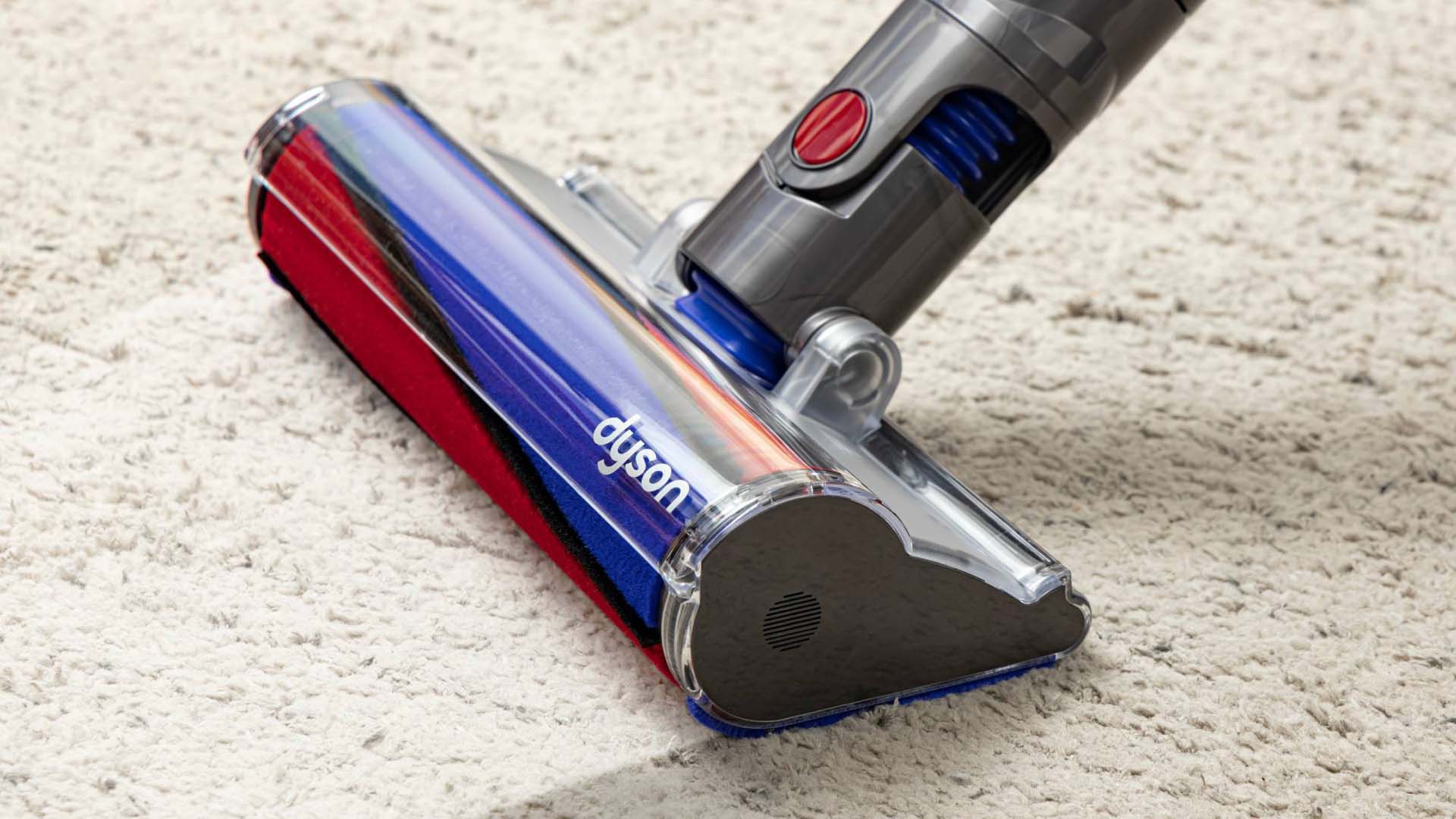
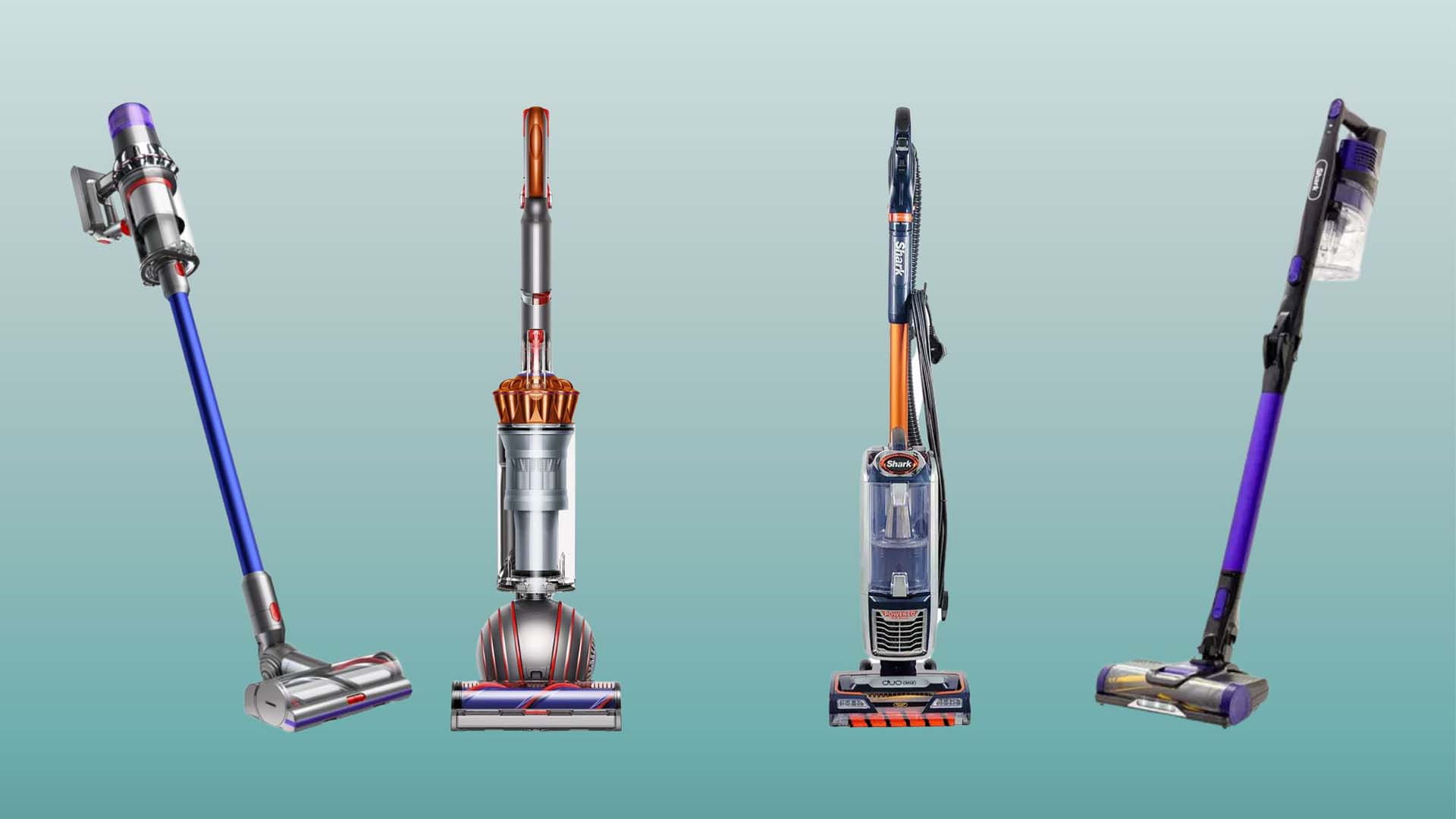

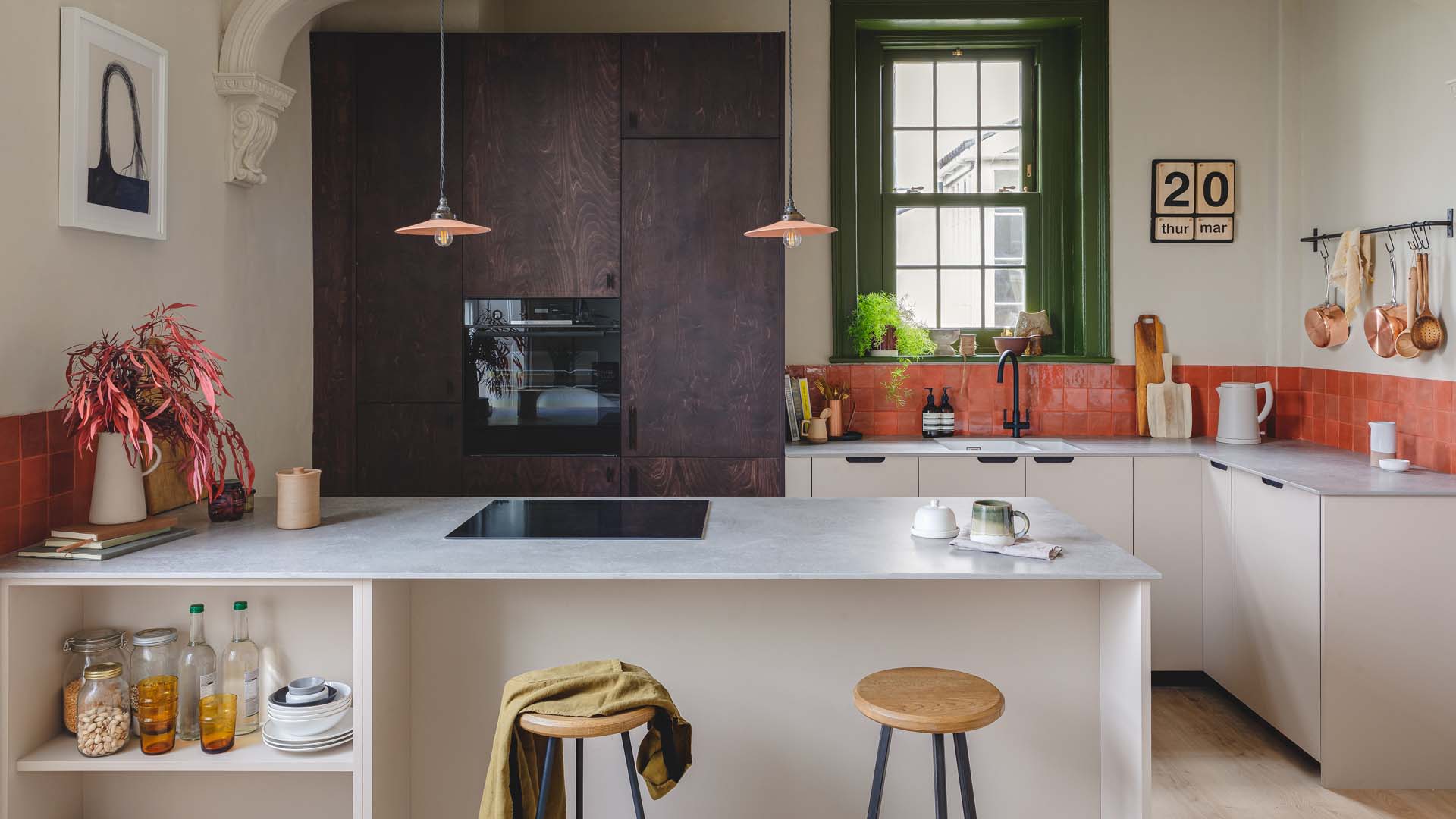

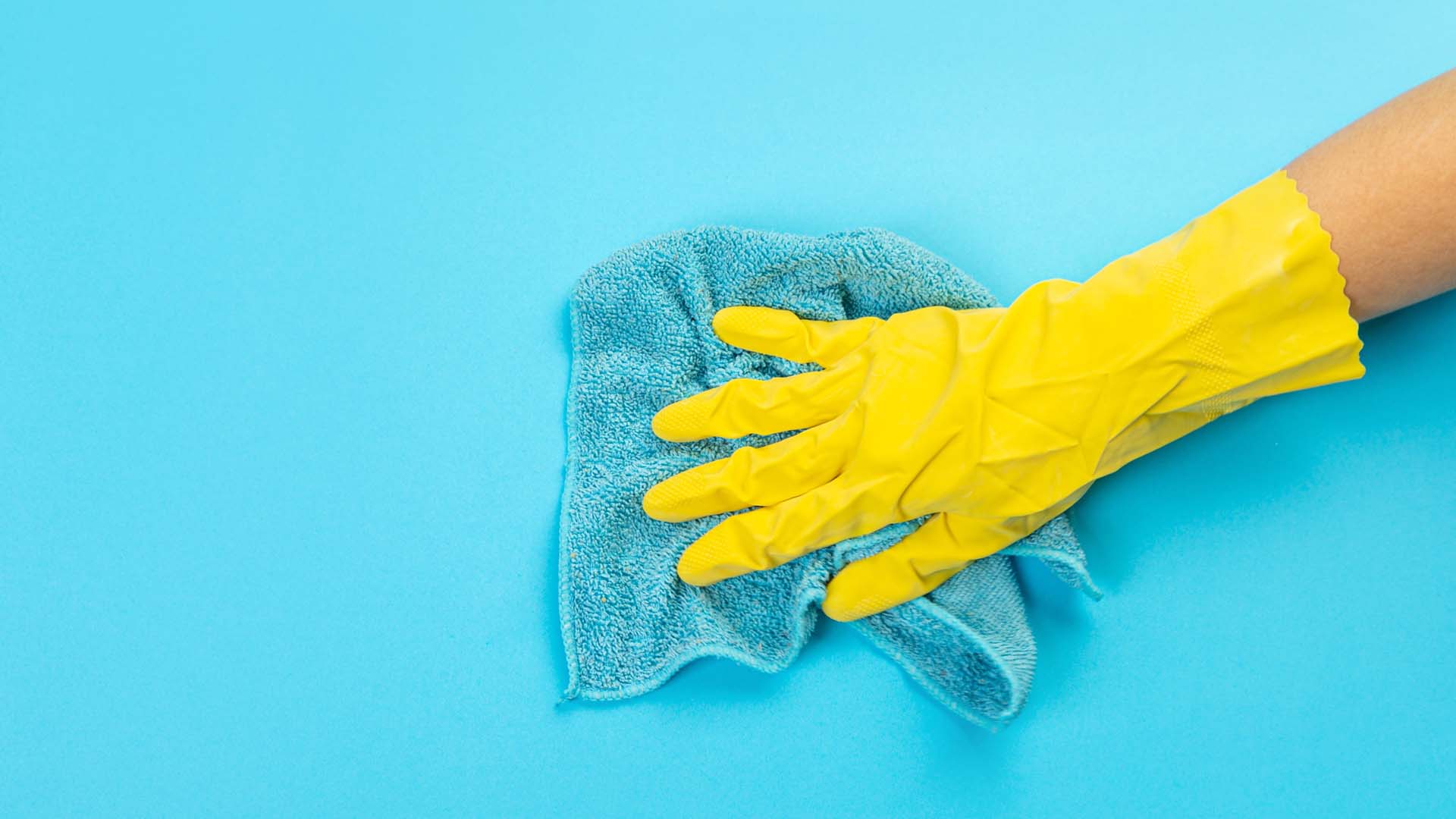

Create the perfect vista with our window cleaning tips.
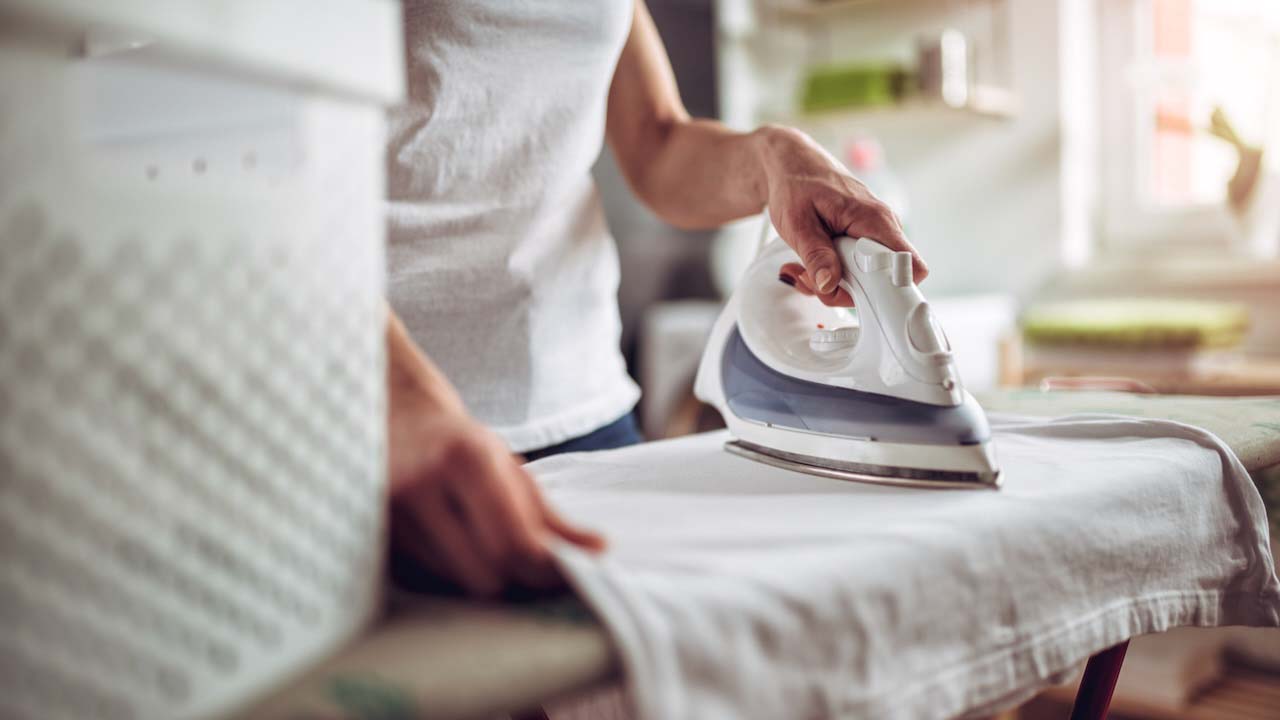
Because a scale-filled iron can ruin your clothes.